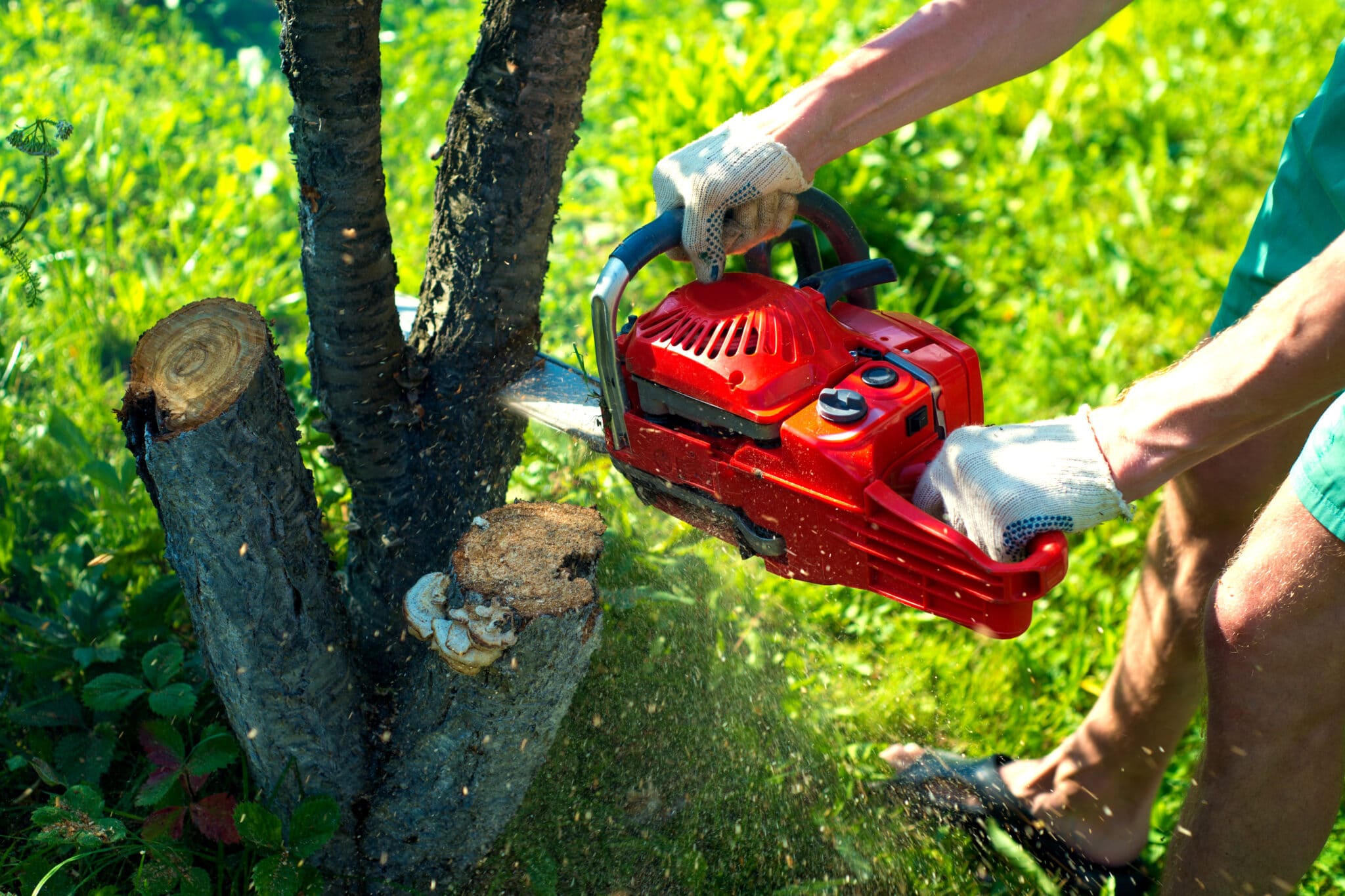[ad_1]
The best way to remove a tree is to transfer it to another location. When trees are removed from the same location, the branches and twigs can cause accidents or hit buildings and electrical wires. Additionally, lightning can strike a tree and damage property. Experts weigh in on the pros and cons of tree removal.
Experts weigh in on pros and cons of tree removal
If you are considering tree removal, you should know that a lot of trees are dangerous. This is because they can fall on structures and fence lines, and they can cause serious damage to your property. Aside from safety concerns, removing a tree can be a difficult task. Having someone else do the work can save you a lot of trouble and stress.
First of all, removing a tree requires a permit and formal permission from a neighbor. Otherwise, you may face large fines. You may also damage your property. In addition, removing a tree without a permit can result in big out-of-pocket expenses and a hike in insurance rates.
Regulations surrounding tree removal
Regulations surrounding tree removal can be confusing to the average homeowner. The process can be difficult to navigate, and many citizens consider tree bylaws to be an infringement on their rights. The good news is that there are many ways to appeal a decision. The first step in challenging a bylaw is to seek a legal opinion from an arborist.
Getting a legal opinion is critical if you are planning to remove a tree. You should first determine if you need a permit or council permission before beginning any work. Licensed arborists are well-versed in tree removal laws and regulations, and can offer the best service to your property.
Regulations surrounding tree removal can differ by city. In some cities, homeowners need to obtain a permit to remove a tree, and they may also be responsible for disposing of the limbs. Permits are often different for tree removal on private property than they are for street trees, so check the regulations of your local city to make sure you know what they are.
Cost of tree removal
Tree removal costs can range significantly depending on the size of the tree. Small trees are usually affordable, but larger trees can run into the thousands of dollars. A medium-sized tree, about 30 feet high, can cost about $400 to $600 to remove. Large trees, 80 feet or higher, will cost around $1,500 to $3,000 to remove.
The cost to remove a tree depends on several factors, including the size and type of tree. The diameter of the tree trunk is a major determining factor, and some services charge a minimum fee of $2,000 to remove a tree with a 36-inch diameter. However, the average homeowner will pay just $1,072 to have a tree removed.
Tree removal costs can be reduced by removing unhealthy or dead trees. Trees that are dead or dying are easier to remove than healthy trees. Arboriculturalists can inspect the condition of your trees and give you a cost estimate based on their findings. In addition, removing weak trees can cut down on the cost of the tree removal.
Stump removal
There are a few different options for removing a tree stump. The first method involves using chemicals to weaken the stump. These chemicals can be toxic if ingested, so they are best used when there are no other plants or structures nearby. Another method involves using fire to break up the stump.
The process requires heavy equipment and protective clothing. You may also need to call your local fire department before removing a tree stump. The size of the stump also needs to be considered. A large stump may be more difficult to remove than a small one. If the stump is large, you may want to consider hiring a professional.
In addition to being unsightly, a tree stump may harbor pests and fungi. These critters can cause damage to property and cause other issues. In addition, the roots of the tree can spread to other areas, including your home. It may also crack pipes, lift pavement, and damage your home’s foundation.
[ad_2]
